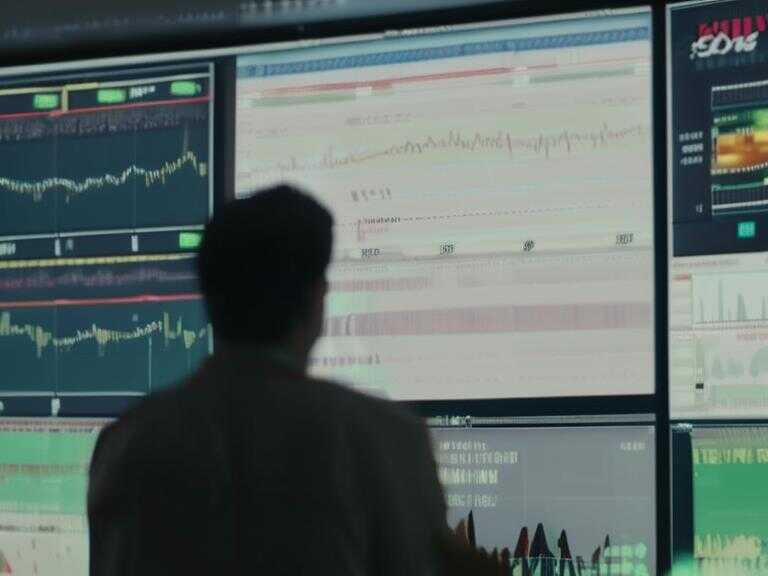
Federal Reserve Pauses Interest Rate Cuts Amid Stubborn Inflation and Economic Uncertainty
The Federal Reserve has opted to maintain its benchmark rate at 4.25% to 4.5%, reflecting ongoing concerns about inflation and its impact on borrowing costs.

The Federal Reserve announced on Wednesday its decision to keep its benchmark interest rate unchanged, putting a halt to its efforts to lower borrowing costs for individuals and businesses after a series of rate cuts that began last fall. The central bank has opted to maintain the federal funds rate within the current range of 4.25% to 4.5%. This decision follows three rate reductions that commenced in September 2024, which resulted in a one percentage point decrease in the federal funds rate — the rate at which banks lend to each other for short-term loans.
This pause in the Fed's rate adjustments marks the first decision since President Trump assumed office on January 20. Economists speculate that the central bank is taking a cautious approach to the president's economic policies, given the potential inflationary impact of certain measures, such as increased tariffs.
The Federal Reserve's choice to maintain interest rates reflects the persistent inflation in the United States, which hovers close to 3% on an annual basis. The lingering inflation has raised concerns that further rate cuts could exacerbate price increases, making it more challenging to achieve the Fed's target of 2%. Notably, the Fed removed a statement from its December communication that indicated progress in addressing inflation, signaling a more cautious stance.
Lindsay Rosner, head of multisector fixed income investing at Goldman Sachs Asset Management, observed, "Pressing the pause button. [The] FOMC will want to see further progress in the inflation data to deliver the next rate cut highlighted by the fact they removed the reference on inflation making progress."
Impact on Borrowing Costs
The Federal Reserve's decision to hold interest rates steady means that consumers, particularly those already grappling with high borrowing costs, may face continued challenges. The lack of additional rate cuts could impede efforts to lower costs on credit cards and other forms of debt, creating added strain for households already struggling to meet their financial obligations. Joe Gaffoglio, CEO of Mutual of America Capital Management, highlighted the mounting pressure on lower- and middle-income households, as reflected in the rise of credit card and auto loan delinquencies.
As for the potential timing of future rate cuts, economists surveyed by financial-data firm FactSet speculate that the Fed may delay any reductions until its May 7 meeting. This suggests that the central bank is likely to maintain its current rate stance at the upcoming meeting on March 19. However, some analysts express skepticism about the likelihood of resumed rate cuts in the near future, citing the impact of tariffs on inflation and the potential for inflation to rebound to 3%.
The State of the Labor Market
In its latest statement, the Federal Reserve characterized the labor market as "solid," with a stabilized low unemployment rate in recent months. However, the central bank remains vigilant in monitoring the labor market for any signs of weakness. The Fed's decision to cut rates previously was partly influenced by a rise in the jobless rate, underlining its commitment to staying alert to labor market dynamics.
The timing of the next rate cut remains uncertain, with the Fed providing no clear indication in its post-meeting statement that a resumption of rate cuts is imminent at the next meeting in March. Bankrate chief financial analyst Greg McBride emphasized the need for a series of favorable inflation data to trigger a resumption of rate cuts, highlighting the Fed's cautious approach.
Expert Insights
As the Federal Reserve navigates the complex landscape of inflation, interest rates, and the labor market, experts are urging the central bank to resist external pressures, including those from political figures. The Fed's decisions are crucial not only for the banking system but also for the broader economy. Striking the right balance between containing inflation and supporting economic growth requires careful consideration of multiple factors, including global economic trends, domestic consumption patterns, and employment dynamics.
Share news















